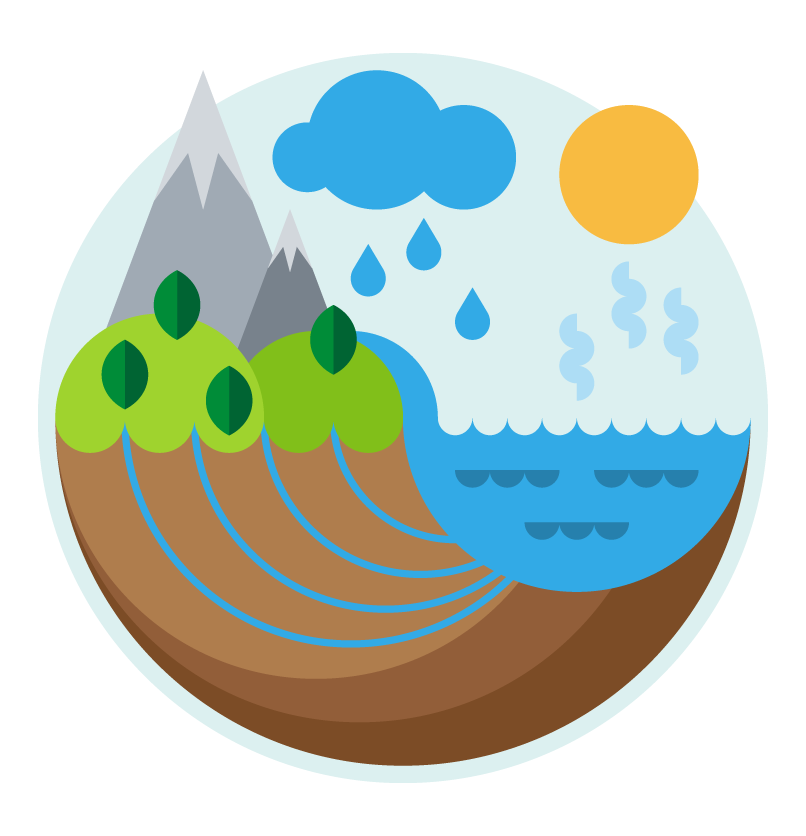CHILE, NATURAL LABORATORY
Its geological conditions and history make it like an island in the continent, resulting in the existence of extremely unique species in our territory.
In environmental terms, Chile has two defining characteristics: a) a latitudinal gradient that goes from 17ºS to 56ºS, and b) an altitudinal gradient that goes from oceanic trenches of 8,000 meters deep to altitudes of 7,000 meters in some points. This is in addition to a continental and insular area of more than 742,000 km2, with a length of more than 4,500 km (Chilean Ministry of the Environment, 2018).
What is a natural laboratory?
It is a delimited geographic area, with unique characteristics that are difficult to reproduce or that remain almost untouched. There it is possible to research natural processes of scientific interest, either by themselves or by the effects that are manifested in the area.
Attributes
![]() 1. Location
1. Location
It is a globally unique location (from a territory to a geographic or geophysical landmark) with comparative advantages for scientific research.
![]() 2. Scientific Tradition
2. Scientific Tradition
It has established a critical mass or tradition in some scientific discipline that, over time, has achieved international impact for its contributions to science and technology.
![]() 3. Public Policy
3. Public Policy
It has defined and implemented public policies focused on a problem or opportunity of national relevance with global reach.
![]() 4. It May Also Have
4. It May Also Have
A potential demand from the international scientific community, given its unique characteristics.


